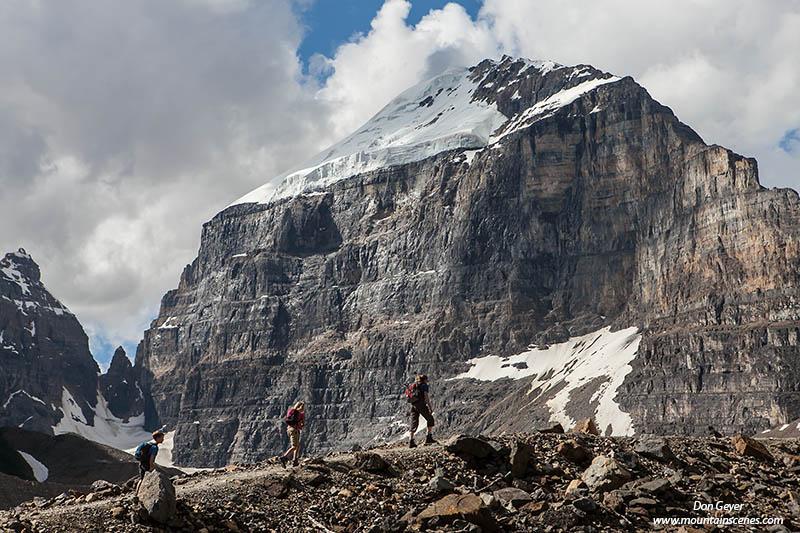 |
| Bald Eagle near Diobsud Creek. |
The peak population fluctuates from year-to-year, reaching above 800 eagles in some years, and as little as 300 in others.
The eagles follow the salmon. As a result, they are most abundant along a 10 mile stretch of the Skagit between the towns of Rockport and Marblemount. Highway 20 parallels the river through much of this stretch, offering several viewing opportunities.
One of the most popular places to view the eagles is near Howard Miller State Park near Rockport. Park here and walk to the 530 bridge crossing the Skagit. The bridge has a pedestrian walk and offers excellent viewing of eagles up and down the river. The park itself is home to the Skagit Bald Eagle Interpretive Center, which is open on weekends throughout the eagle viewing season. Be sure and inquire with the volunteers for up-to-date information.
 |
| Bald Eagle along Skagit. |
My favorite spot of all is just a mile further up the road. It is known as milepost 101 to the locals, and I first experienced it while on an eagle watching rafting trip. Here the river makes an abrupt turn along Highway 20 and the eagles seem to congregate here more times than not. I've even seem them perch in the trees on the road side of the river right in front of ecstatic tourists! They can also be seen perched in trees across the river, and feeding on the gravel bar in early morning.
Be sure to park well off the road here, and always stay on the river side of the concrete barrier and out of the road.
Continue on through the town of Marblemount and turn right over the Cascade River Road bridge, driving slowly while you scout the river for eagles. There is a large parking lot on the other side and boat ramp if opportunity presents itself. If not, continue driving a ways further up the road and turn right, following the signs to the Marblemount Fish Hatchery.
 |
| Bald Eagle along the Skagit. |
Photography Tips.
Let's start with equipment. Large lenses and sturdy tripods are a must. A 200mm lens is the minimum, and is hopefully accompanied by a 1.4x or 2x extender. It you really want to fill your frame, you will need a 500mm or 600mm lens with extender.
Your camera body will play a part in your extender selection, based on whether you are utilizing a full frame or crop sensor. A full frame sensor, such as the Canon 5D Mark II, offers a 1:1 ratio. A camera body with a crop sensor, such as the Canon 7D or 60D, come with a 1.6 multiplier. This means your 500mm lens is in reality, offering you 800mm zooming.
A sturdy tripod is absolutely necessary when shooting with a big lens. Just as important is a ballhead that can adequately support the weight of a lens and hold it perfectly still. The best I have seen for this is the gimbal style ballhead. Once you've tried one you will use nothing else. Wimberly makes an excellent gimbal ballhead, which I have tried and loved. Many other manufacturers do as well.
 |
| Bald Eagle perched in tree. |
One of the challenges of photographing along the Skagit is that the main road, Highway 20, is on the north side of the river. This means you will be shooting south into the sun. The trick to avoid this is to walk up or down the road to change your angle.
Arrive early in the morning. The eagles feed early and can be found alongside the river. Towards mid-morning, they find a tree along the river to perch in while they digest their meal. On sunny afternoons, the birds will become active and fly around the valley, often disappearing altogether.
Also consider a rafting tour. I've used Blue Sky Outfitters and highly recommend them. There are many others to choose from as well. Rafting the river offers benefits and some drawbacks. The benefits are that they offer much closer up views of the eagles, including along the riverbanks where they can be photographed feeding and gathering. The main drawback is that you are confined to the raft and photography opportunities are short-lived as you pass them by. You are also expected to help with paddling, which means you have to pick your moments to put the paddle down and grab the camera. If rafting, leave your big glass and tripod at home. They will not be practical on a crowded raft. I recommend a 200mm lens with extender instead. Again, shoot at 1/1000 minimum as you will be bobbing up and down in the raft, and will need a quick shutter.
Consider a photography raft tour. These are more expensive, but more personal and conducive to successful images. They are typically limited to one or two photographers.
Roadside or raft? I recommend both!








